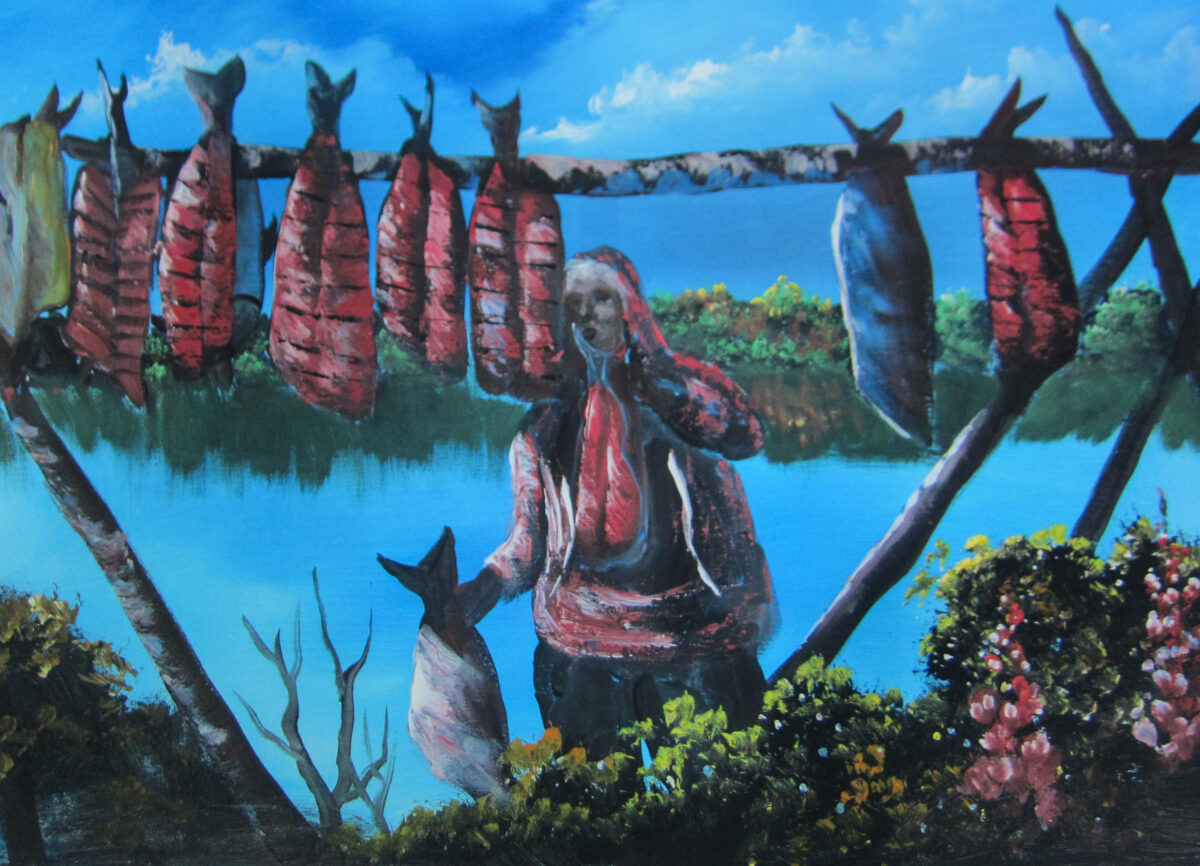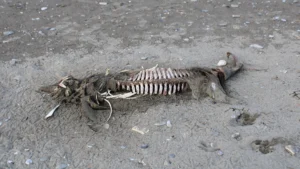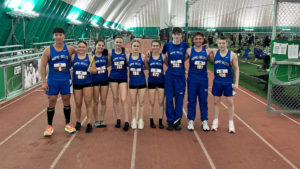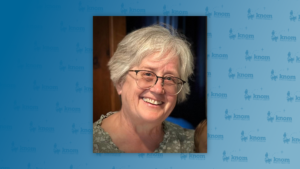Representatives from the Kenaitze Indian Tribe visited Nome earlier this month to discuss salmon fisheries — and specifically, ways to encourage more family subsistence fishing.
“It is a great way to bring families together. And so often we’re busy doing other things, and that connection to your food is really powerful.”
Bunny Swan Gease is one of two tribal representatives who came to meet with Kawerak and four Nome-area Native communities as part of Alaska Salmon Fellows. The program is part of the Alaska Humanities Forum and brings together leaders across sectors to discuss statewide salmon issues.
This month’s meeting focused on the Kenaitze Educational Fishery, at the mouth of the Kenai River. Kenaitze tribal council member Jennifer Showalter Yeoman explains it’s a tribal-run program that gives families the resources to fish for salmon in what’s currently a non-subsistence-use area.
With a state permit and tribal-owned fishing nets and equipment, she says, the tribe is able to ensure a food source and preserve a tradition.
“So, we’re able to teach our families from a more populated area about how we’ve always gotten fish, how we’ve always taken care of it, how we respect it, and how it comes back to us.”
The fishery has been operating for almost 30 years, since 1989, and is open for five months, according to Yeoman, with a limit of 10,000 fish per year.
Now, Kawerak is hoping to explore a similar model in the Nome area. Salmon subsistence fishing here is normally only open for a month and a half — June 15 to August 31 — four days a week, according to the Alaska Department of Fish and Game.
Julie Raymond-Yakoubian is Kawerak’s Social Science Program director. She says this first round of discussions focused on how what Kenaitze is doing might translate to the Bering Straits region.
Gease highlighted the special leave for subsistence that’s already in place at some organizations in Nome. Those include Norton Sound Health Corporation, which allows employees to take up to 40 hours per year for hunting or gathering activities.
And although the specifics haven’t been worked out yet, Raymond-Yakoubian says, there’s at least a common understanding that the relationship between family, land, and food should be respected.
“There’s a lot more involved in harvesting a fish and putting it away and sharing it that has to do with culture and language and tradition and history.”
Gease stresses that the educational fishery is as much about keeping the fisheries healthy.
“These are essential to all of our livelihoods, and our health and good body, mind, and spirit. And if we don’t take care of the habitat and the resource, there will be nothing for anyone.”
Raymond-Yakoubian says the conversation about something like an educational fishery in Nome will continue, and that Kawerak representatives hope to visit the Kenaitze fishery in the near future. The next official gathering of the Alaska Salmon Fellows is scheduled for this October.
Image at top: Don Henry, “Inupiaq Tradition,” acrylic on canvas (detail). (Photo: Lauren Frost, KNOM.)





